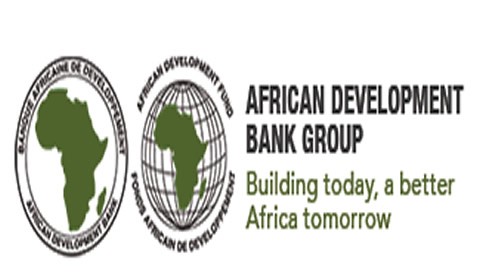AfDB approves US$20m Zim Fund project

 Martin Kadzere Senior Business Reporter
Martin Kadzere Senior Business Reporter
THE African Development Bank last Friday approved phase two of Zimbabwe’s emergency power infrastructure rehabilitation project worth close to US$20 million. The financing comes in through the Zimbabwe Multi-Donor Trust Fund administered by the AfDB. Its objective is to improve the availability and reliability of electricity supply through the rehabilitation of electricity generation, transmission and distribution facilities.
This involves, specifically, electricity supply to critical social infrastructure facilities and to the inhabitants of the seven targeted areas of Zimbabwe — Kwekwe, Gweru, Bulawayo, Masvingo, Mutare, Harare and Hwange. Together, these areas have a combined population of five million people, about 40 percent of the country’s population.
“The EPIRP two is the second energy-sector project financed through the AfDB-administered Zimbabwe Multi-Donor Trust Fund,” said Mr Alex Rugamba, director of the AfDB’s energy, environment and climate change department last week.
“We chose to support this project because it is in line with the bank group’s strategy for 2013-2022, which emphasises infrastructure development for inclusive economic growth, including green growth, but also because it aligns with our new energy policy, whose objectives include supporting regional member countries to provide modern, affordable and reliable energy services to their populations and productive sectors.”
The phase one of the EPIRP, financed to the tune of US$15,4 million, was designed to improve the provision of adequate and reliable electricity in an environmentally sound manner.
This will happen through the rehabilitation of the ash handling plant at the Hwange Power Station and the power transmission and distribution facilities in the country.
Phase II of the programme is designed to enhance benefits gained under Phase one interventions and to address issues that are not covered in Phase one.
When complete, Phase II will enable full utilisation of national produced capacity through restoration of transformer capacity.
Utilised installed capacity will rise from 1 237MW in 2013 to 1 960MW by 2016 — with due attention to environmental safety and protection.
Key results of EPIRP II include rehabilitated transmission and distribution networks (repaired and replaced cables, overhead lines and transformers and their related accessories) and rehabilitated or refurbished systems at Hwange power plant comprising the ash dam for stage one and two, the dust suppression plant for coal including the handling plant of stage one and stage 2 and the dirty drain system.
The Hwange Power Plant will have improved environmental quality conditions as a result of the phase two project.
The target beneficiaries — the general public, industries and institutions — will benefit from increased firm substation capacity, more available and reliable electricity, reduced load shedding, more stable water supplies and the ability to ramp up operating capacity for industry.
The percentage of customers with access to firm transformer capacity at transmission level should increase from 32 percent in 2013 to 63,5 percent in 2016.
This will translate into both economic and social benefits as a result of reduced power outages due to transformer faults.
The political and economic situation in Zimbabwe for the last decade has severely affected all sectors of the economy, including infrastructure.
In this regard, the AfDB has identified the rehabilitation of key power sector assets as the fastest and least-costly option for restoring the country’s capacity to increase electricity supply to meet part of the current demand and enhance system stability.











Comments